Home>Gardening & Outdoor>Plant Care & Gardening Tips>How To Care For Mums Indoors
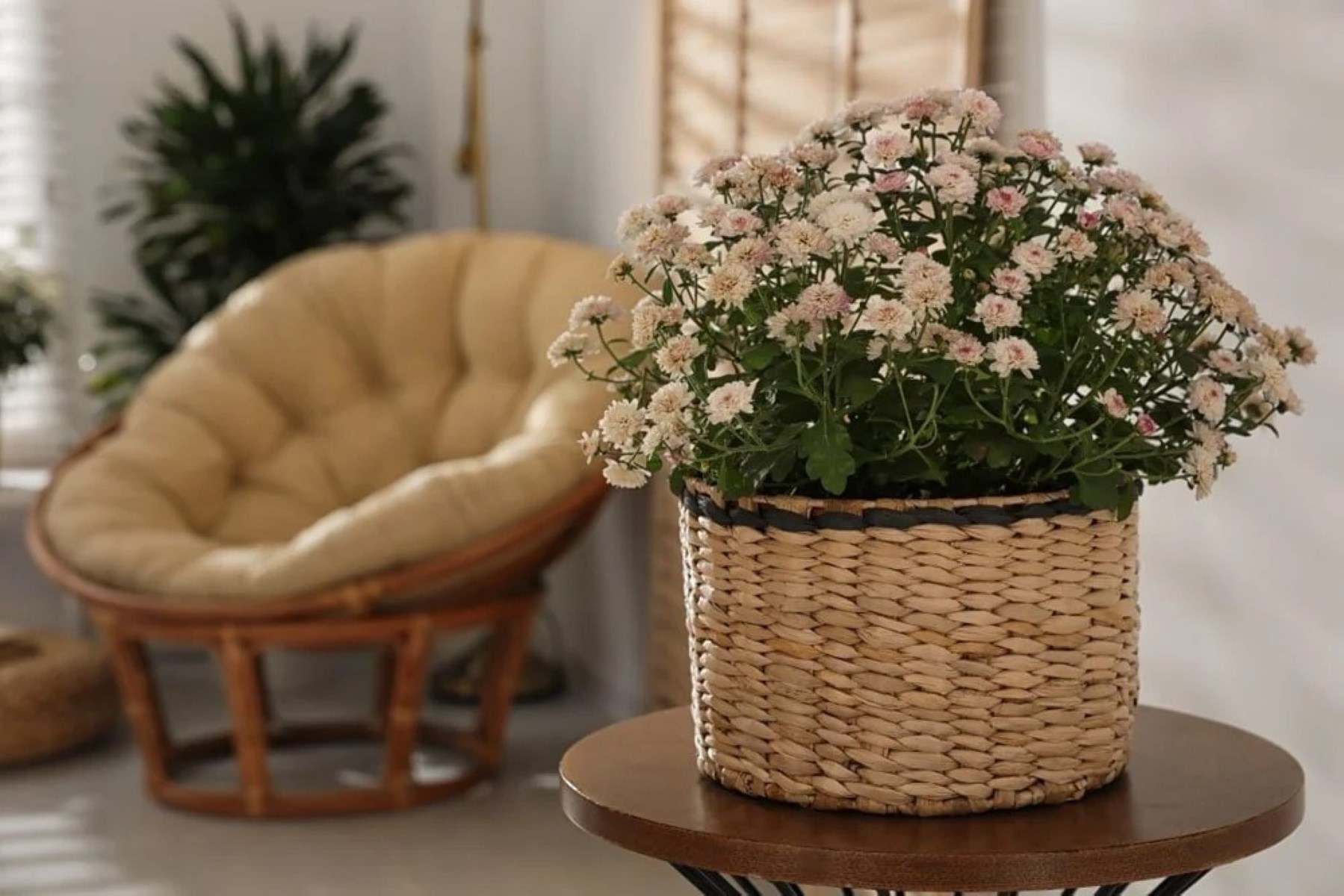

Plant Care & Gardening Tips
How To Care For Mums Indoors
Published: February 29, 2024
Discover expert tips for caring for mums indoors. Learn essential plant care and gardening tips to keep your mums healthy and thriving.
(Many of the links in this article redirect to a specific reviewed product. Your purchase of these products through affiliate links helps to generate commission for Storables.com, at no extra cost. Learn more)
Introduction
Mums, scientifically known as Chrysanthemums, are vibrant and versatile flowering plants that have become a beloved addition to many indoor spaces. Their stunning array of colors and ability to thrive in pots make them a popular choice for adding a touch of natural beauty to homes, offices, and indoor spaces of all kinds. Whether you're a seasoned plant enthusiast or a novice gardener, caring for mums indoors can be a rewarding and enjoyable experience.
In this comprehensive guide, we will explore the essential aspects of nurturing mums indoors, from selecting the ideal location for these plants to providing the right amount of water, nutrients, and care. We'll delve into the nuances of maintaining optimal humidity levels, fertilizing for healthy growth, and the importance of pruning and deadheading to encourage continuous blooming. Additionally, we'll address common issues related to pests and diseases, as well as the best practices for overwintering mums to ensure their longevity and vitality.
By the end of this guide, you'll be equipped with the knowledge and confidence to cultivate thriving mums in your indoor spaces, creating a visually stunning and vibrant atmosphere that brings joy and tranquility to your surroundings. So, let's embark on this horticultural journey and unlock the secrets to successful mum care indoors.
Key Takeaways:
- Bring vibrant mums indoors by placing them near a sunny window, watering when the soil is dry, and using a humidifier to maintain optimal moisture levels. Regular pruning and deadheading will keep them blooming beautifully!
- Protect indoor mums from pests and diseases by inspecting regularly, using natural remedies like neem oil, and maintaining proper air circulation. Prepare them for winter by adjusting watering and providing a cool, well-lit environment.
Read more: How To Create An Indoor Garden
Choosing the Right Location
Selecting the perfect location for your indoor mums is crucial for their overall health and blooming success. These vibrant plants thrive in areas with ample sunlight, making it essential to choose a spot that receives at least six hours of indirect sunlight each day. Placing them near a south-facing window is ideal, as it allows them to bask in the gentle morning sun while avoiding the intense midday rays. If a south-facing window is not available, east or west-facing windows can also provide sufficient light for mums to flourish.
It's important to consider the temperature of the chosen location, as mums prefer a slightly cooler environment. Aim for a consistent temperature range of 60-70°F (15-21°C) during the day and slightly cooler at night. Avoid placing mums near heat sources such as radiators or vents, as excessive warmth can hinder their growth and blooming potential.
Furthermore, ensure that the chosen spot has good air circulation to prevent stagnant air, which can lead to fungal issues. However, it's essential to shield mums from drafts, as sudden temperature fluctuations can stress the plants and impede their growth.
When it comes to the container, opt for pots with drainage holes to prevent waterlogging, which can cause root rot. Additionally, consider the aesthetic appeal of the location, as mums can serve as decorative accents, brightening up living spaces, offices, or any indoor setting with their vibrant blooms.
By carefully selecting the right location for your indoor mums, you provide them with the optimal conditions to thrive, ensuring that they grace your indoor spaces with their stunning beauty and vibrant energy.
Watering and Humidity
Proper watering and humidity management are essential elements in the successful care of indoor mums. These plants require consistent moisture levels to thrive, but overwatering can lead to root rot, while underwatering can cause wilting and stunted growth. Achieving the right balance is key to ensuring the health and vitality of your mums.
When it comes to watering, it's crucial to allow the soil to dry slightly between waterings to prevent waterlogged conditions. A good practice is to water the mums when the top inch of the soil feels dry to the touch. Use a watering can with a narrow spout to deliver water directly to the soil, avoiding wetting the foliage, which can make the plant susceptible to diseases.
To maintain optimal humidity levels, especially in drier indoor environments, consider using a humidifier to increase moisture in the air around the mums. Alternatively, placing a tray filled with water and pebbles near the plants can help elevate humidity levels. As the water evaporates, it creates a humid microclimate around the mums, mimicking their natural habitat and promoting healthy growth.
During the winter months when indoor heating can lead to decreased humidity, misting the mums with a fine spray of water can help alleviate dryness and prevent the edges of the leaves from turning brown. However, it's important to avoid excessive misting, as it can contribute to fungal issues. Aim to strike a balance by misting the plants sparingly, especially during the morning hours, allowing any excess moisture to evaporate throughout the day.
When watering, ensure that the excess water can drain freely from the bottom of the pot. This prevents the roots from sitting in standing water, which can lead to root rot and other moisture-related problems. It's advisable to empty the saucer or tray beneath the pot after watering to prevent the roots from becoming waterlogged.
By paying close attention to the watering needs of your indoor mums and managing humidity levels effectively, you can create an environment that supports their growth and encourages abundant blooming. These simple yet crucial practices will contribute to the overall well-being of your mums, allowing them to thrive and bring joy to your indoor spaces with their vibrant and captivating presence.
Fertilizing
Fertilizing plays a pivotal role in nurturing healthy and vibrant mums indoors. Providing the right balance of nutrients is essential for supporting robust growth, promoting lush foliage, and encouraging prolific blooming. While mums are relatively low-maintenance plants, regular fertilization ensures that they receive the essential elements necessary for sustained vitality and stunning floral displays.
When it comes to selecting a fertilizer for indoor mums, opt for a balanced, water-soluble formula designed for flowering plants. Look for a fertilizer with a balanced NPK ratio, such as 10-10-10 or 20-20-20, which indicates the percentages of nitrogen, phosphorus, and potassium, respectively. This balanced formulation provides mums with the necessary nutrients for overall health and vigorous blooming.
During the active growing season, which typically spans from spring to early fall, begin fertilizing your indoor mums every two to three weeks. Dilute the water-soluble fertilizer to half the recommended strength to avoid overfeeding, which can lead to excessive foliage growth at the expense of blooms. Apply the diluted fertilizer to the moist soil, ensuring that it reaches the root zone where the mums can readily absorb the nutrients.
As the mums transition into the flowering stage, consider switching to a fertilizer with a higher phosphorus content to promote abundant and vibrant blooms. A formulation with a higher middle number in the NPK ratio, such as 15-30-15, can provide the necessary boost for prolific flowering. Adjust the frequency of fertilization to once every four to six weeks during the flowering period, allowing the mums to channel their energy into producing stunning blossoms.
It's important to cease fertilization as the mums approach the dormant phase, typically in late fall or early winter. This period of reduced growth and dormancy calls for a cessation of fertilization to allow the plants to naturally wind down and prepare for the winter rest. Resume fertilization in early spring as new growth emerges, revitalizing the mums for another season of lush foliage and vibrant blooms.
In addition to regular fertilization, it's essential to monitor the mums for any signs of nutrient deficiencies, such as yellowing leaves or stunted growth. Adjust the fertilization regimen as needed, ensuring that the mums receive the appropriate nutrients to maintain their health and vitality.
By incorporating a well-balanced fertilization routine into your care regimen, you provide your indoor mums with the essential nourishment they need to thrive and dazzle with their resplendent blooms. This proactive approach to fertilizing contributes to the overall well-being of your mums, ensuring that they continue to grace your indoor spaces with their captivating beauty and vibrant energy.
Pruning and Deadheading
Pruning and deadheading are essential practices for maintaining the health, appearance, and blooming potential of indoor mums. These techniques not only enhance the overall aesthetic appeal of the plants but also contribute to their longevity and continuous flowering.
Read more: How To Begin Indoor Gardening
Pruning
Regular pruning is crucial for shaping mums, promoting bushy growth, and preventing legginess. It involves the removal of spent blooms, leggy stems, and any damaged or diseased foliage. By pruning mums, you encourage the development of new growth and stimulate the production of additional flower buds.
When pruning indoor mums, use clean and sharp pruning shears to make precise cuts. Begin by snipping off any wilted or faded flowers just above a set of healthy leaves or a bud. This encourages the plant to channel its energy into producing new blooms rather than expending resources on seed production.
Additionally, trim back any leggy or straggly stems to maintain a compact and bushy appearance. Focus on cutting just above a set of healthy leaves or a node to promote branching and encourage the growth of new shoots. Regular pruning throughout the growing season helps shape the mums and prevents them from becoming unruly or sparse.
Deadheading
Deadheading, the removal of spent flowers, is a fundamental practice for prolonging the blooming period of indoor mums. By promptly removing faded blooms, you prevent the plant from directing energy into seed production and instead encourage it to produce new flower buds, extending the duration of the floral display.
To deadhead indoor mums, inspect the plant regularly and snip off faded flowers at their base, just above a set of healthy leaves or a bud. This simple yet effective practice not only maintains the plant's visual appeal but also supports continuous blooming, ensuring that your mums remain adorned with vibrant and fresh flowers.
In addition to enhancing the aesthetic allure of indoor mums, pruning and deadheading contribute to the overall health and vigor of the plants. These practices promote air circulation, reduce the risk of disease, and stimulate the growth of new foliage and blossoms, resulting in lush, compact, and floriferous mums that enrich your indoor spaces with their captivating beauty.
By incorporating regular pruning and deadheading into your care routine, you actively contribute to the well-being and blooming prowess of your indoor mums, fostering an environment where these vibrant plants can thrive and flourish.
Dealing with Pests and Diseases
Maintaining a vigilant watch for pests and diseases is crucial in preserving the health and vitality of indoor mums. While these resilient plants are relatively resistant to common issues, being proactive in identifying and addressing potential threats is essential for ensuring their long-term well-being.
Common Pests
Several pests can pose a threat to indoor mums, including aphids, spider mites, and whiteflies. Aphids, tiny insects that cluster on the undersides of leaves, can cause damage by sucking sap from the plant, leading to distorted growth and yellowing foliage. Spider mites, which are minuscule arachnids, can also infest mums, causing stippled or discolored leaves as they feed on plant juices. Whiteflies, small flying insects, can congregate on the undersides of leaves and weaken the plant by draining its sap.
To combat these pests, regularly inspect the mums for any signs of infestation, such as sticky residue, distorted leaves, or the presence of tiny insects. If detected early, gently spraying the plants with a strong jet of water can help dislodge and control aphids and spider mites. For more severe infestations, consider using insecticidal soap or neem oil, which are effective and environmentally friendly options for managing these pests. Additionally, introducing natural predators such as ladybugs can provide biological control, helping to keep pest populations in check.
Read more: How To Grow An Indoor Garden
Disease Management
Indoor mums can be susceptible to fungal diseases, particularly if the surrounding environment is excessively humid or if the foliage remains wet for prolonged periods. Powdery mildew, a common fungal infection, presents as a white powdery coating on the leaves, compromising the plant's health and appearance. Gray mold, another fungal disease, manifests as fuzzy gray growth on the foliage and flowers, often leading to decay and wilting.
To prevent fungal diseases, ensure proper air circulation around the mums and avoid overhead watering, which can contribute to moisture-related issues. If signs of fungal infection appear, promptly remove and dispose of affected plant parts to prevent the spread of the disease. Consider applying a fungicidal spray formulated for ornamental plants to mitigate the spread of fungal pathogens and protect the mums from further infection.
By remaining vigilant and promptly addressing potential pest infestations and disease outbreaks, you can safeguard the health and beauty of your indoor mums, allowing them to thrive and flourish in a nurturing indoor environment. Regular monitoring, proactive measures, and swift intervention are key in preserving the vibrancy and resilience of these beloved flowering plants.
Overwintering Mums
As the vibrant display of fall transitions into the quietude of winter, it's essential to prepare your indoor mums for the seasonal changes ahead. Overwintering mums, whether they are potted plants or those nestled in garden beds, involves strategic measures to ensure their survival and resurgence in the following growing season.
Transitioning Indoors
For potted mums that have graced your indoor spaces with their resplendent blooms, the onset of winter signals the need for a smooth transition to a protected indoor environment. As temperatures drop and daylight diminishes, it's crucial to relocate the mums to a cool and well-lit area, such as a garage, enclosed porch, or a room with ample indirect sunlight. This transition allows the plants to acclimate gradually to the indoor conditions, shielding them from the harsh outdoor elements while providing the light they need to sustain their foliage.
Reduced Watering and Dormancy
During the overwintering period, adjust the watering regimen for indoor mums to reflect their reduced growth and dormancy. As the plants enter a phase of slowed metabolic activity, reduce the frequency of watering while ensuring that the soil remains slightly moist, not parched. Overwatering should be avoided, as it can lead to root rot in the dormant plants. Monitor the soil moisture carefully, adjusting the watering schedule as needed to maintain optimal conditions for the mums.
Read more: How To Have An Indoor Garden
Pruning and Maintenance
As the mums transition into dormancy, consider pruning back the foliage to a few inches above the soil level, promoting a tidy and compact appearance. Remove any dead or decaying foliage to prevent the onset of fungal issues and to encourage healthy regrowth in the upcoming season. Additionally, inspect the plants for signs of pests or diseases, addressing any issues promptly to prevent them from escalating during the dormant phase.
Protective Measures for Outdoor Mums
If your mums are planted in garden beds, take proactive steps to protect them from the rigors of winter. Apply a layer of mulch around the base of the plants to insulate the roots and shield them from extreme temperature fluctuations. Additionally, consider covering the mums with a breathable fabric or a layer of pine boughs to provide further protection from frost and harsh weather conditions.
Monitoring and Preparation for Spring
Throughout the winter months, periodically check on the overwintering mums, ensuring that they remain in a state of dormancy without experiencing undue stress. As the days lengthen and temperatures gradually rise, prepare the mums for their reemergence in the spring. Gradually reintroduce them to outdoor conditions, allowing them to acclimate to the changing environment before the active growing season commences.
By implementing these thoughtful measures for overwintering mums, you provide them with the care and protection needed to endure the winter months and emerge revitalized and ready to grace your indoor and outdoor spaces with their vibrant blooms in the coming spring.
Conclusion
In conclusion, caring for mums indoors is a gratifying endeavor that allows you to cultivate vibrant and captivating floral displays within your indoor spaces. By selecting the ideal location with ample indirect sunlight, maintaining optimal humidity levels, and providing the right balance of water and nutrients, you create an environment where mums can thrive and flourish. The practices of pruning and deadheading not only enhance the aesthetic appeal of the plants but also contribute to their overall health and blooming potential.
Furthermore, proactive measures to address potential pest infestations and disease outbreaks are essential in safeguarding the resilience and beauty of indoor mums. By remaining vigilant and promptly addressing any issues, you ensure that your mums continue to grace your indoor spaces with their vibrant and captivating presence.
As the seasons transition and winter approaches, the strategic measures for overwintering mums are crucial for their survival and resurgence in the following growing season. Whether transitioning potted mums indoors or protecting those planted in garden beds, thoughtful care and preparation during the dormant phase set the stage for a vibrant and flourishing display in the spring.
In essence, the care and nurturing of indoor mums encompass a harmonious blend of attentive maintenance, proactive measures, and a deep appreciation for the natural beauty they bring to our indoor environments. By embracing these practices and infusing your care with dedication and mindfulness, you create a nurturing haven where mums can thrive, enchanting you with their resplendent blooms and infusing your indoor spaces with vibrant energy and natural allure.
Frequently Asked Questions about How To Care For Mums Indoors
Was this page helpful?
At Storables.com, we guarantee accurate and reliable information. Our content, validated by Expert Board Contributors, is crafted following stringent Editorial Policies. We're committed to providing you with well-researched, expert-backed insights for all your informational needs.
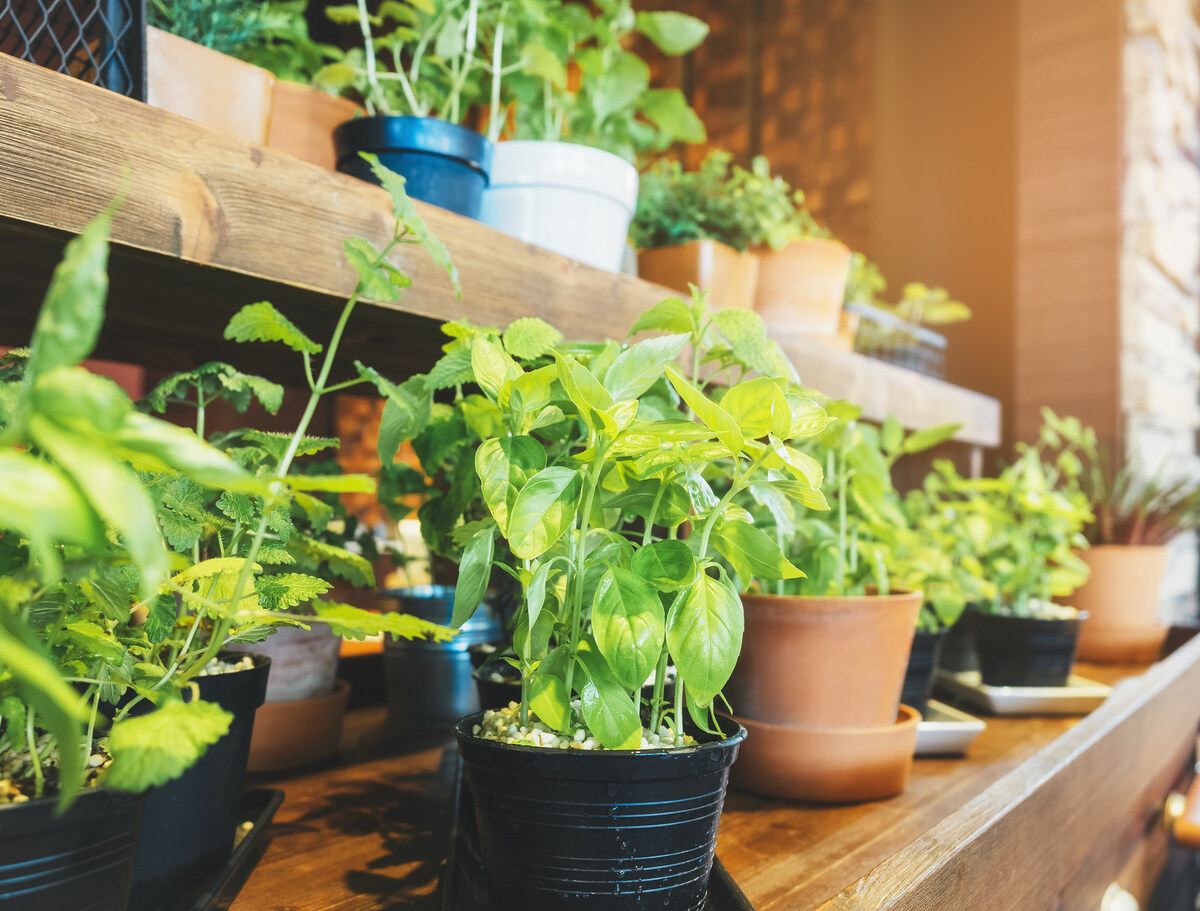


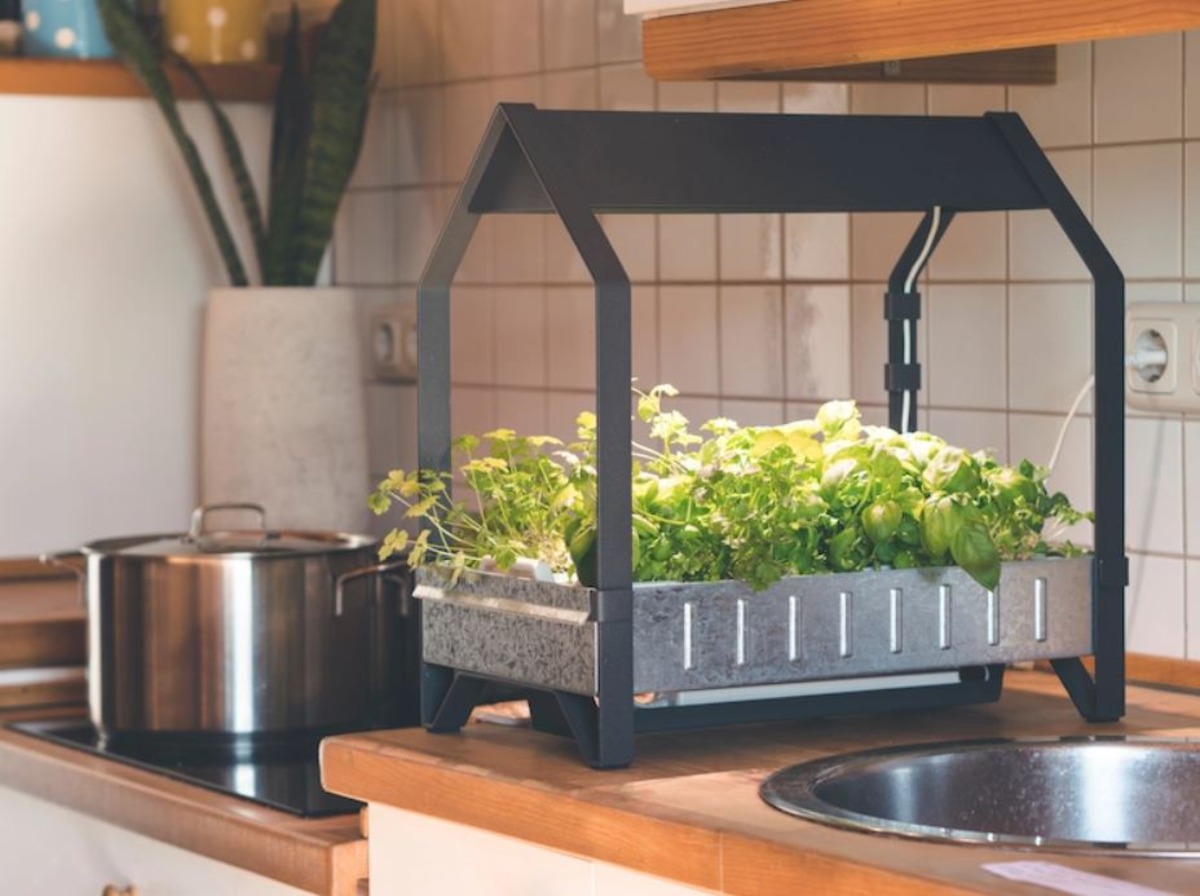
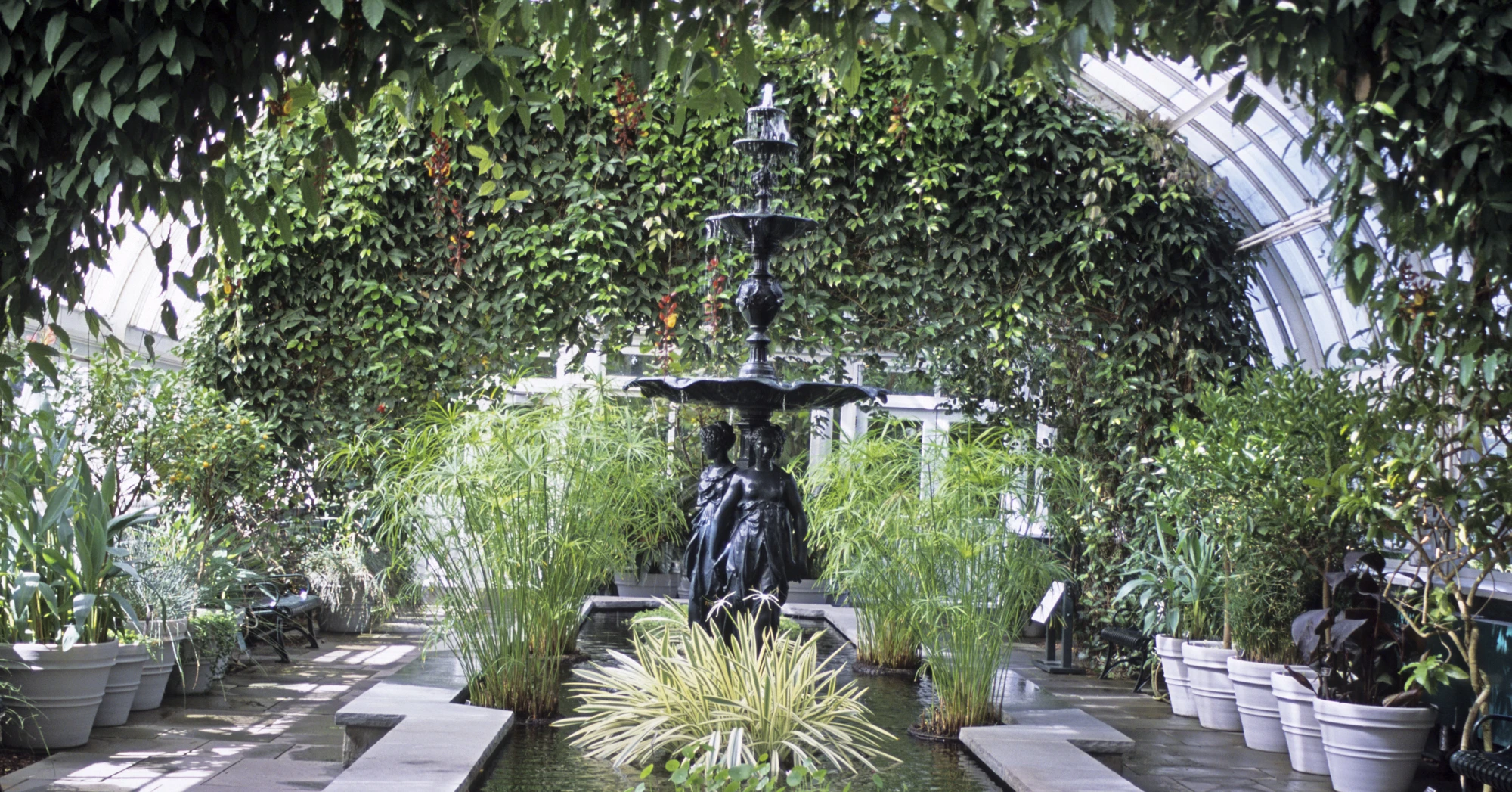
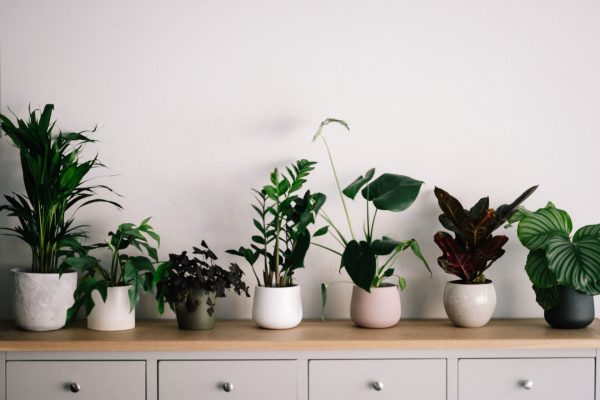
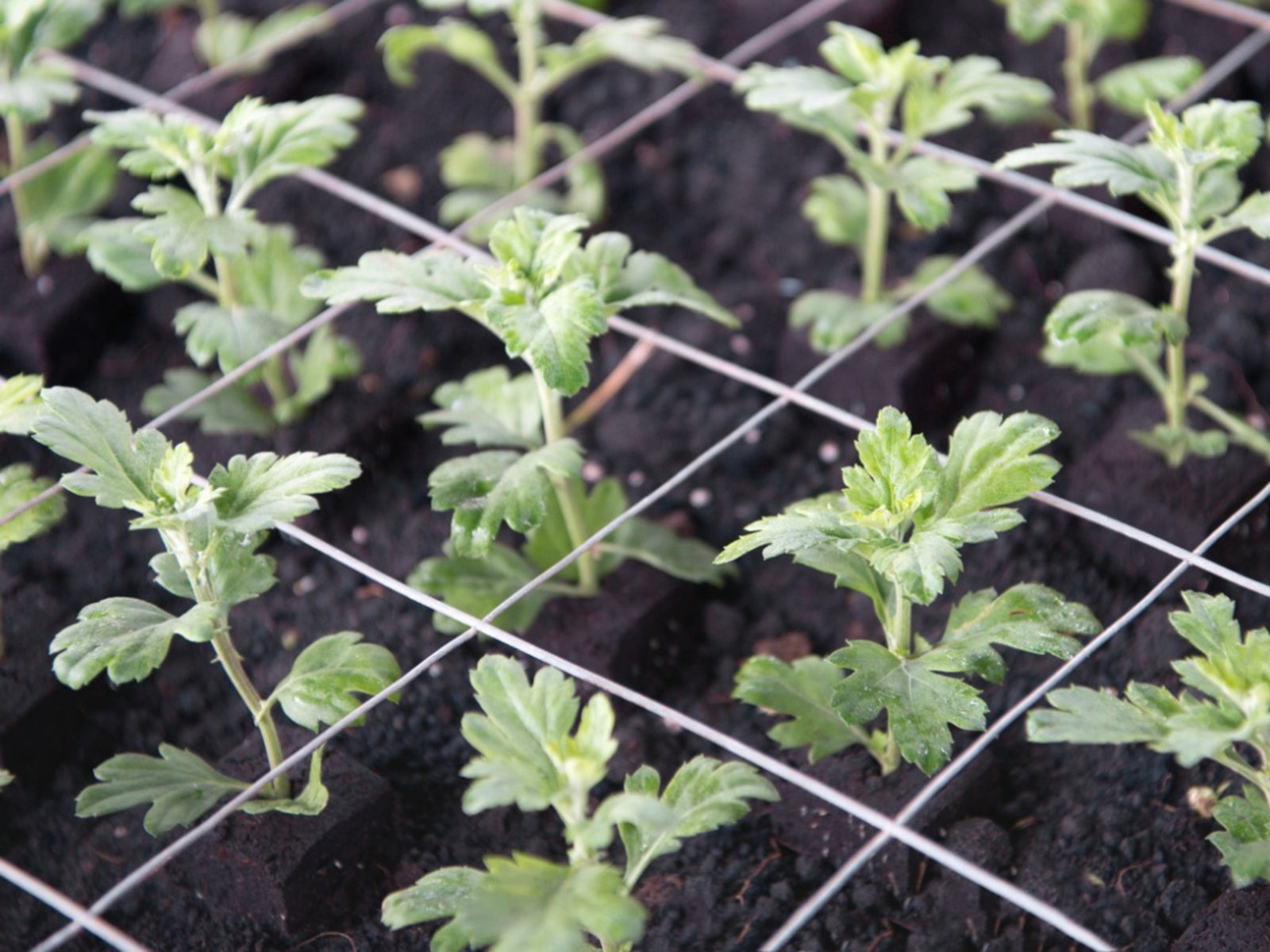
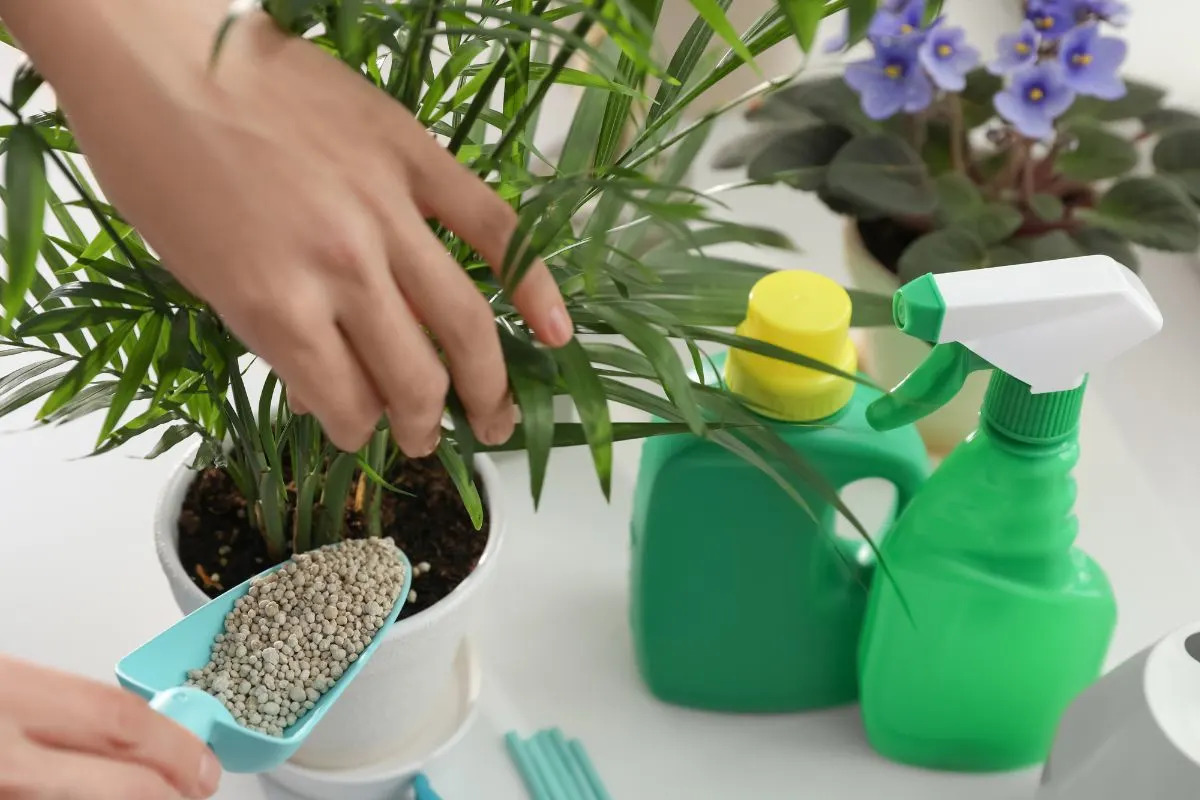
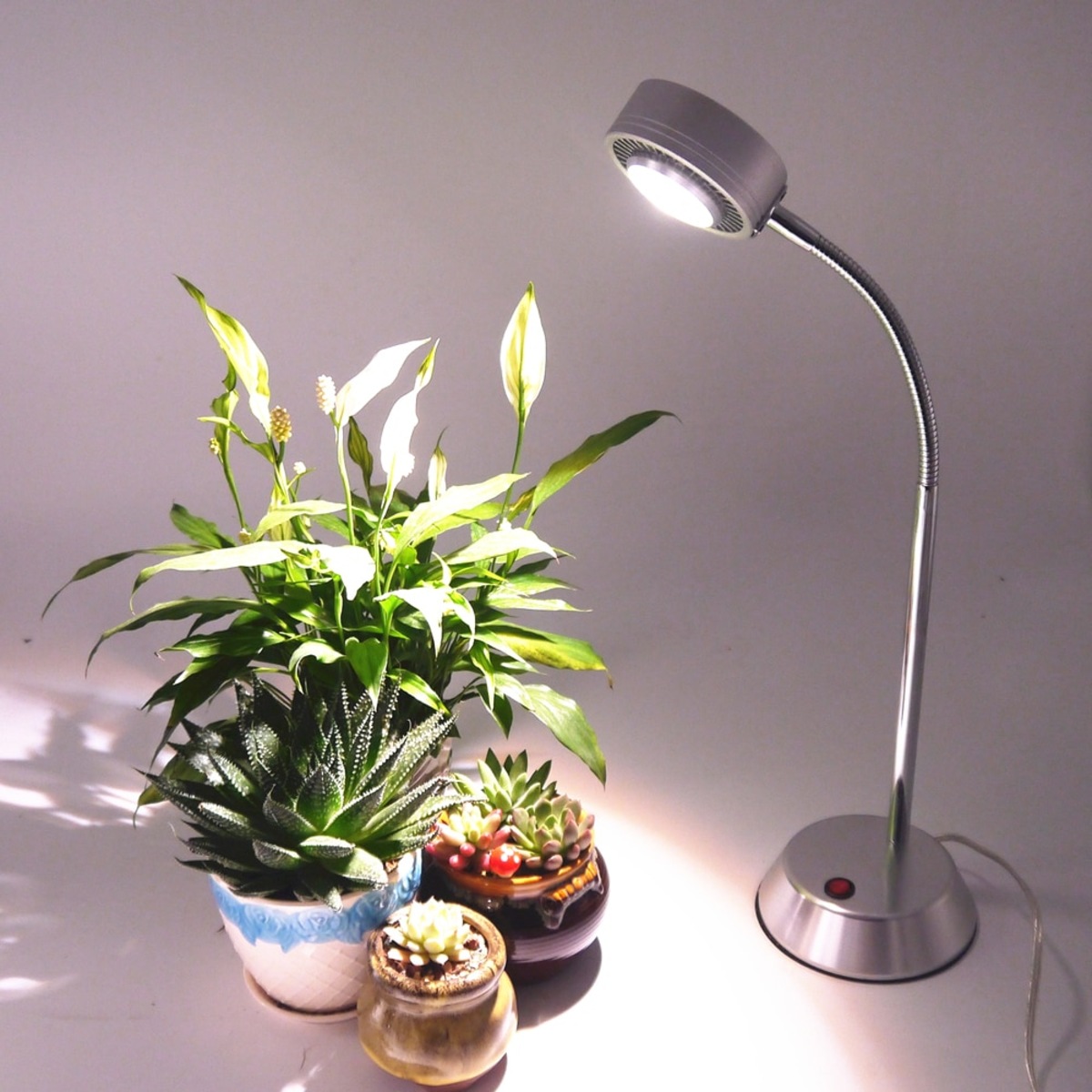
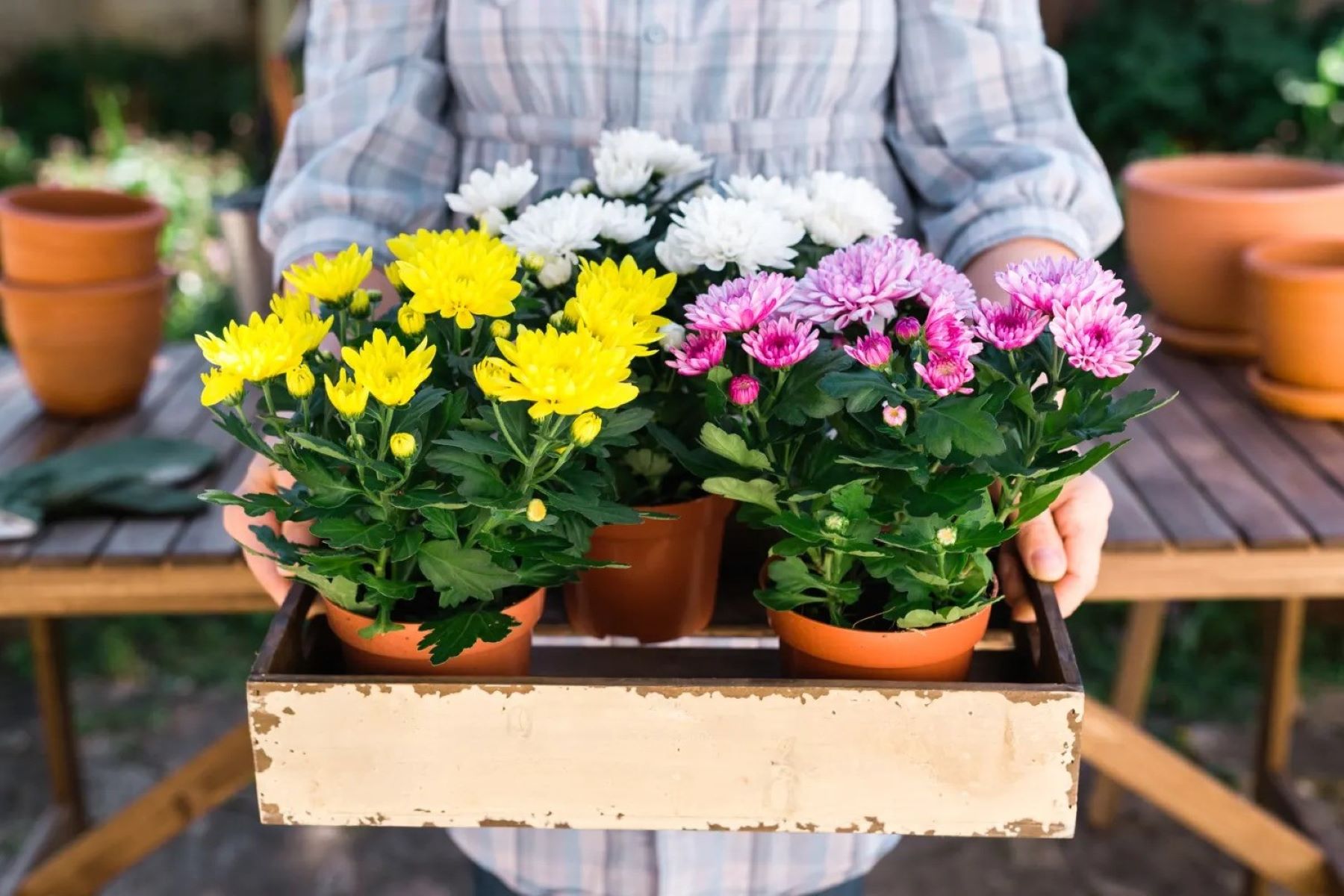
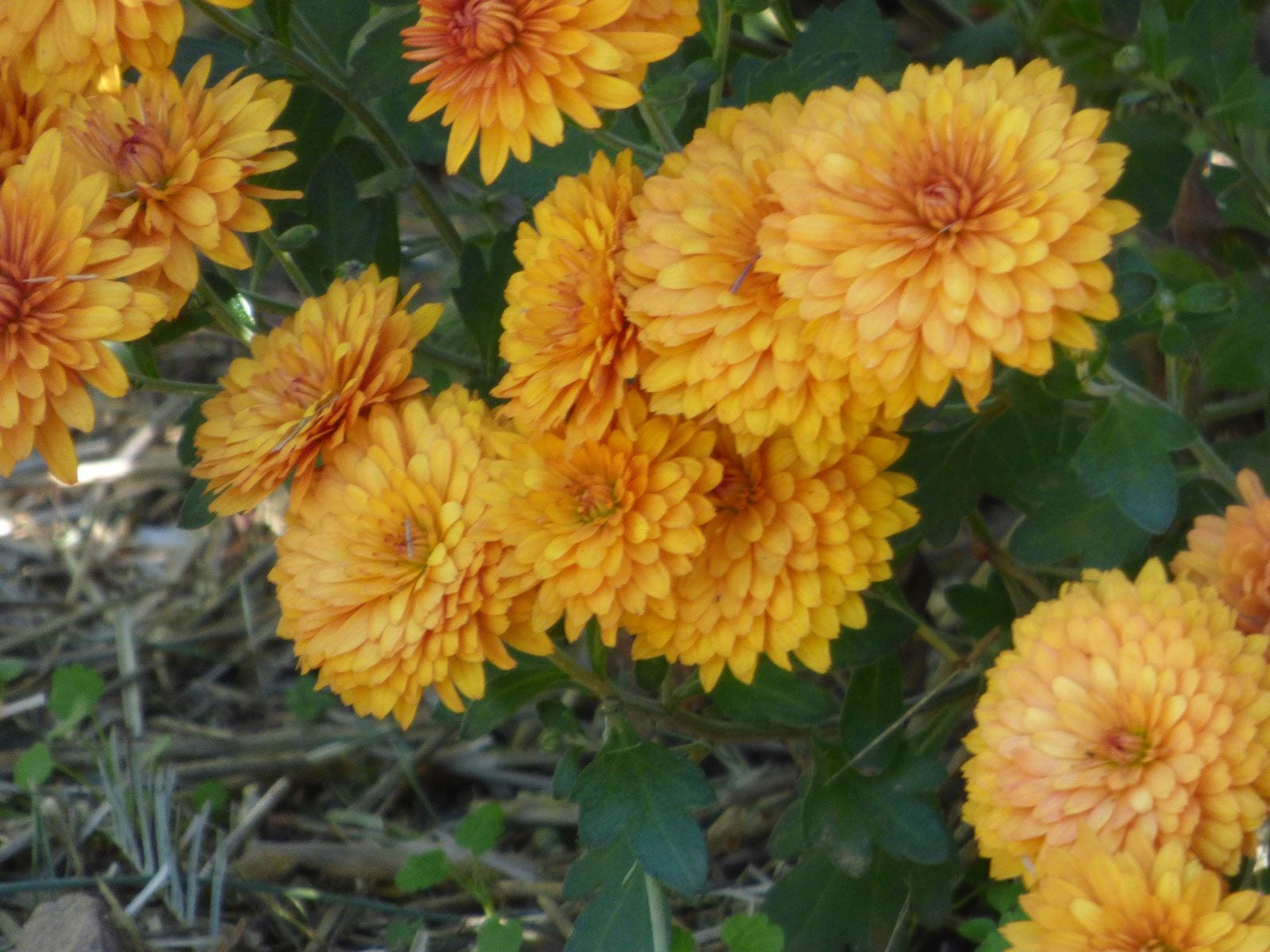
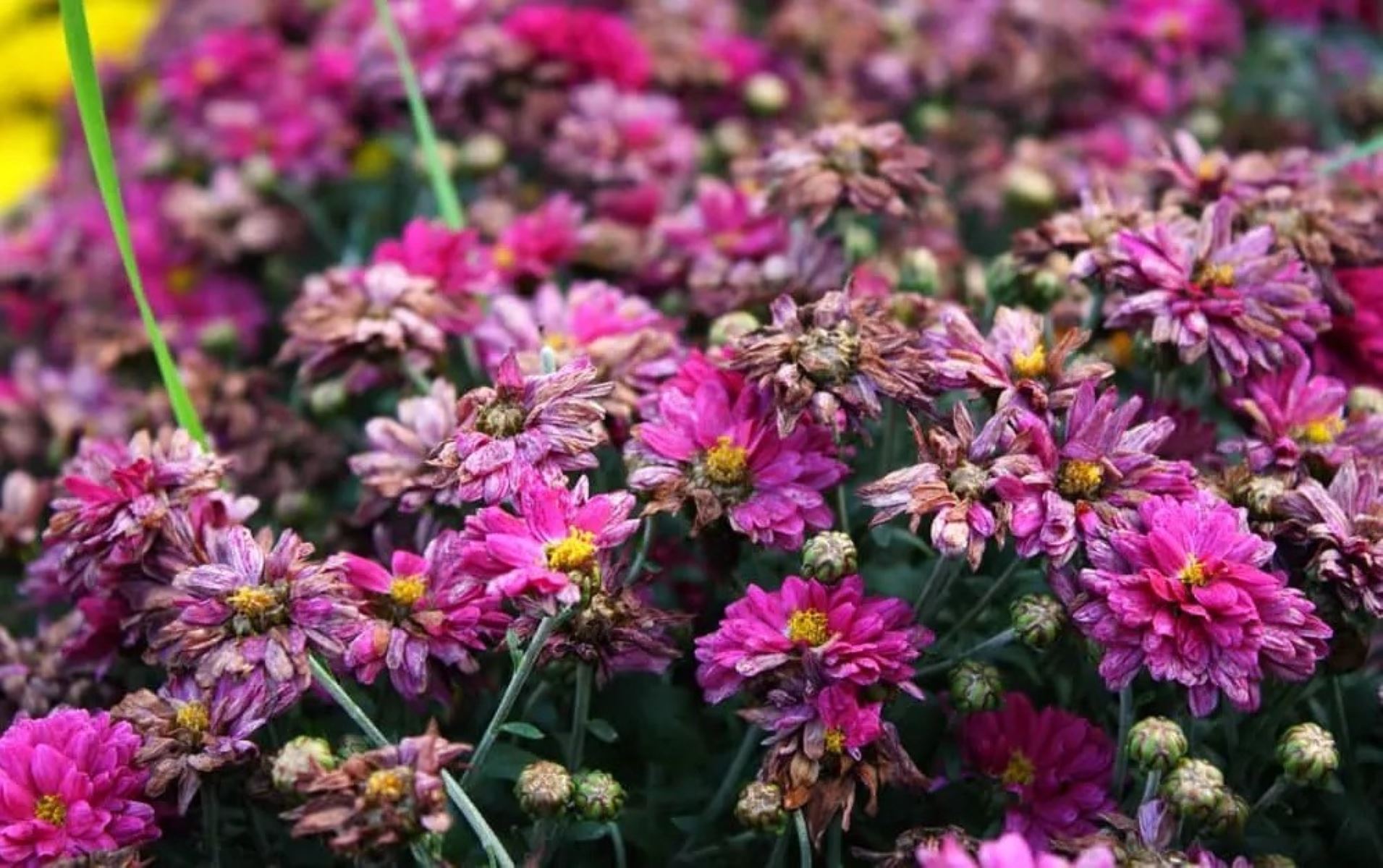

0 thoughts on “How To Care For Mums Indoors”